Mad Hedge Biotech and Healthcare Letter
June 4, 2024
Fiat Lux
Featured Trade:
(FROM PETRI DISH TO PERSONALIZED PRESCRIPTION)
(RXRX), (SDGR), (RLAY), (EXAI), (ABCL), (AMS: BAI), (NVDA), (IBM), (MSFT)

Mad Hedge Biotech and Healthcare Letter
June 4, 2024
Fiat Lux
Featured Trade:
(FROM PETRI DISH TO PERSONALIZED PRESCRIPTION)
(RXRX), (SDGR), (RLAY), (EXAI), (ABCL), (AMS: BAI), (NVDA), (IBM), (MSFT)

Remember the last time you had to pop a pill that felt like a one-size-fits-all solution? I sure do. It was for a nagging cough, and while it did the trick, the side effects left me feeling like I'd been hit by a truck.
Turns out, Big Pharma is facing its own kind of side effects. They spend an average of $2.6 billion and over a decade to bring a new drug to market. That's like betting on a long shot at the Kentucky Derby, but with way worse odds.
But what if we could change the game entirely? What if drug discovery wouldn’t solely be about blindly mixing chemicals and hoping for the best.
Instead, picture a super-smart robot scientist, capable of reading millions of pages of medical research in seconds, understanding how different molecules interact, and even predicting which ones might be effective against a disease.
This AI-powered scientist could then design experiments to test those molecules, analyze the results, and even create new molecules from scratch, tailored to specific diseases and individual patients.
That's the promise of autonomous drug discovery.
While we've already seen robots and miniaturization speed up the drug discovery process, AI is taking it to the next level. I’m talking about AI agents running the entire show, from brainstorming biological theories to designing and running experiments, all with barely a human finger lift.
This isn't just about efficiency. It's a veritable gold mine of benefits: costs slashed, development times cut down, success rates skyrocketing, and a productivity boost that could revolutionize personalized medicine. And why does that matter?
Because it means treatments that are more effective, safer, and tailored to your unique genetic makeup, medical history, and lifestyle. Imagine popping a pill that's not just designed to treat your disease, but designed specifically for you. That's the kind of future autonomous drug discovery could deliver.
Imagine a world where your next prescription is fine-tuned to your genetic makeup, your medical history, your lifestyle. Sounds like bespoke tailoring, but for your health.
And this isn't just hype – it's backed by hard numbers. A recent study by McKinsey & Company found that AI-enabled drug discovery could potentially generate up to $50 billion in annual value by 2026.
The study also highlighted that AI could reduce the time required for drug discovery by up to 50%, while also improving the success rate of clinical trials.
These aren’t merely some abstract predictions either. In fact, some companies are already making waves in this new world of drug discovery.
Recursion Pharmaceuticals (RXRX), for example, is at the forefront of these innovations. They've developed a radical new drug discovery platform that combines advanced robotics, experimental biology, and machine learning to rapidly identify potential new treatments for a wide range of diseases.
Forget dusty labs and slow, painstaking research. Recursion's approach is like giving Sherlock Holmes a supercomputer to solve medical mysteries, and the results speak for themselves: over 2,000 novel biological relationships discovered and a mind-boggling 150 terabytes of relatable biological data generated.
That's the equivalent of roughly 30 million songs, all focused on cracking the code of human biology and disease.
Recursion isn't the only player here. A slew of innovative companies are riding the AI wave, reimagining the drug discovery landscape.
Schrödinger (SDGR) is turbocharging the process with AI and computational wizardry, using algorithms to predict how potential drugs will behave in the body before even stepping foot in a lab.
Relay Therapeutics (RLAY) is forging new paths by marrying cutting-edge computation with experimental techniques, focusing on how cancer cells move and change shape to develop targeted therapies.
Exscientia (EXAI), the AI-driven pharmatech company, is designing and discovering new drugs with unprecedented speed, while AbCellera Biologics (ABCL) is harnessing the power of AI and machine learning to decode the secrets of our immune systems, hunting for antibodies that could be developed into life-saving drugs. It’s basically like having a crack team of digital detectives scouring your immune system for clues to fight off diseases.
Meanwhile, BenevolentAI (AMS: BAI) is the top name when it comes to clinical-stage AI drug discovery, using a potent combination of AI, machine learning, and cutting-edge science to unravel the complexities of disease biology and unearth novel treatments. They're not simply content with throwing darts at a target. This company is using AI to pinpoint the bullseye.
But, this AI-powered revolution of the healthcare world isn't happening in a vacuum. It's being supercharged by a tag team of tech titans who are bringing their AI firepower to the table.
Think of it as the Avengers assembling to fight disease, but instead of superpowers, they're armed with algorithms and cloud computing.
Nvidia Corporation (NVDA), IBM Corporation (IBM), and Microsoft Corporation (MSFT) are leading the charge, providing the AI muscle needed to accelerate drug discovery.
Nvidia's Clara Discovery platform, IBM Watson Health, and Microsoft Azure's AI and machine learning services are all being harnessed to build, train, and deploy AI models for a wide range of applications in the biotech and healthcare sectors. It's like having Tony Stark, Bruce Banner, and Thor all working together to create the next medical breakthrough.
And this isn't some wishful thinking. The use of AI in biopharma R&D is projected to skyrocket, growing at a compound annual growth rate of 30% to 40% over the next five years.
Plus, the impact could be huge: AI could potentially boost clinical trial efficiency by 15% to 20% and slash the overall cost of drug development by 10% to 15%. Talk about a win-win situation.
All in all, it’s clear that this AI drug discovery thing isn't just a fad. It's a full-blown revolution that's shaking up the healthcare world as we know it. And while it's still in the early innings, it would be wise to keep a close eye on it. I'm not saying you should throw all your money in right this second, but seriously, put the companies above on your radar.
These are the trailblazers leading the charge into the future of personalized medicine. Who knows, they might just be the ticket to a healthier portfolio—and a healthier you.
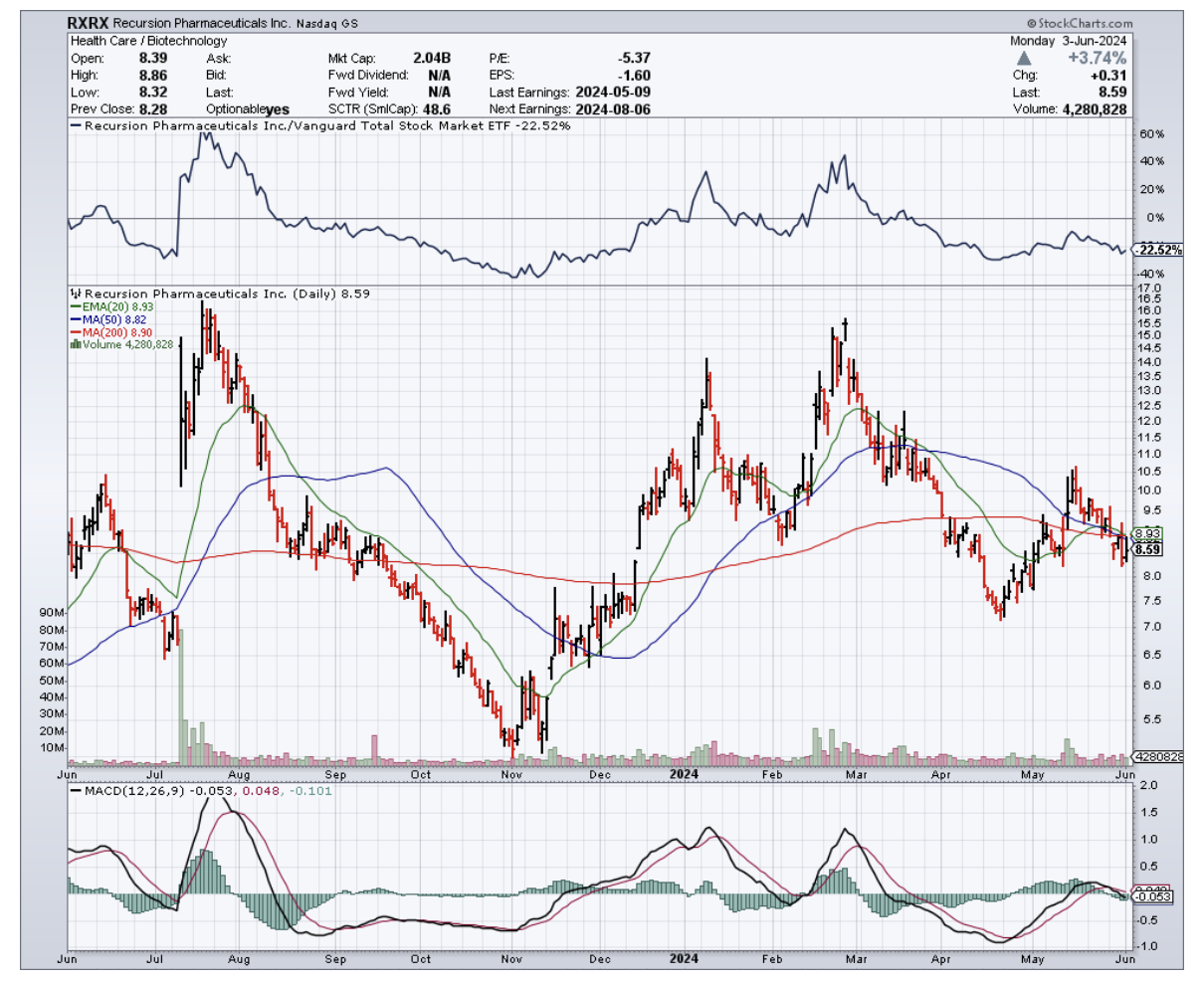
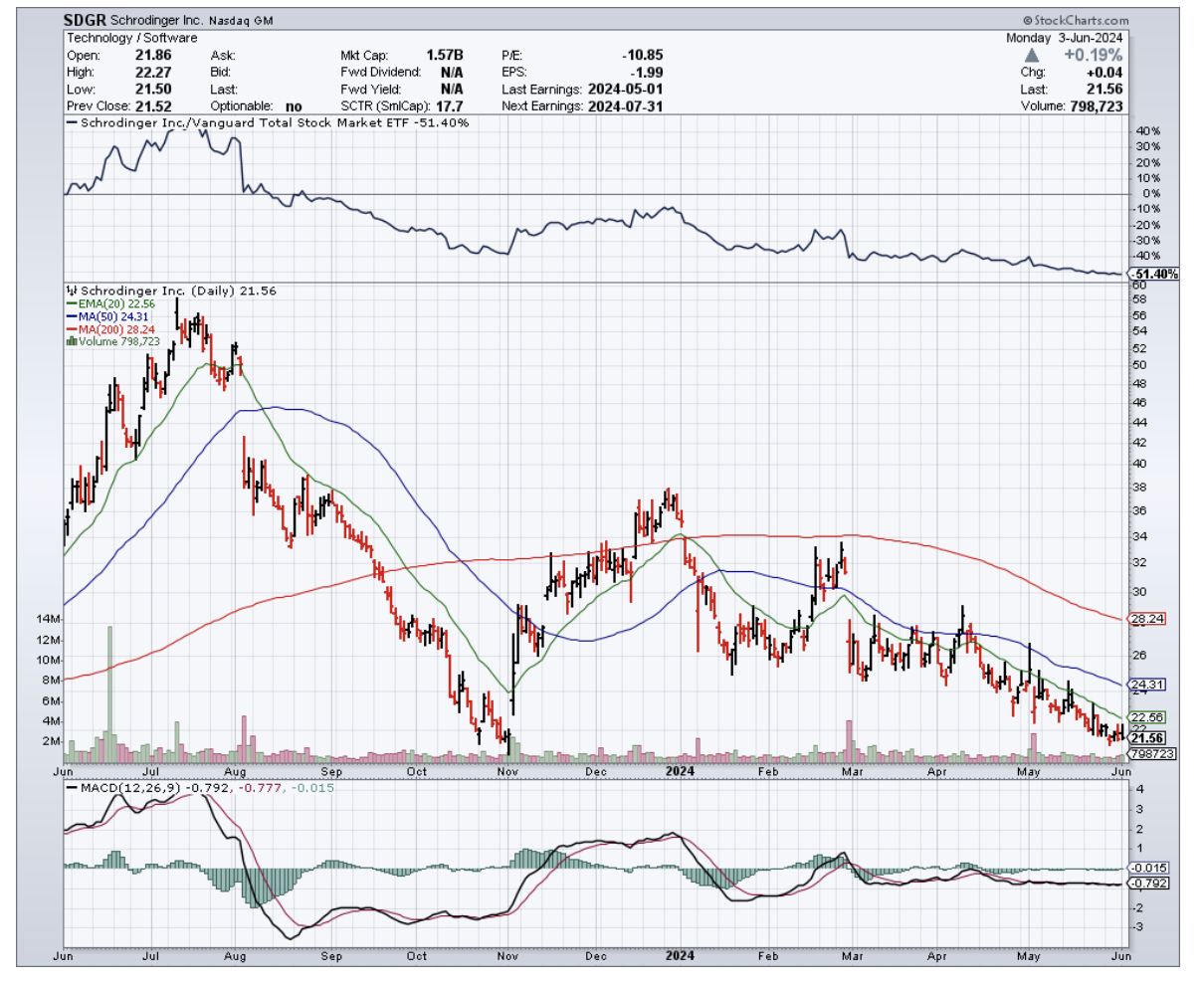

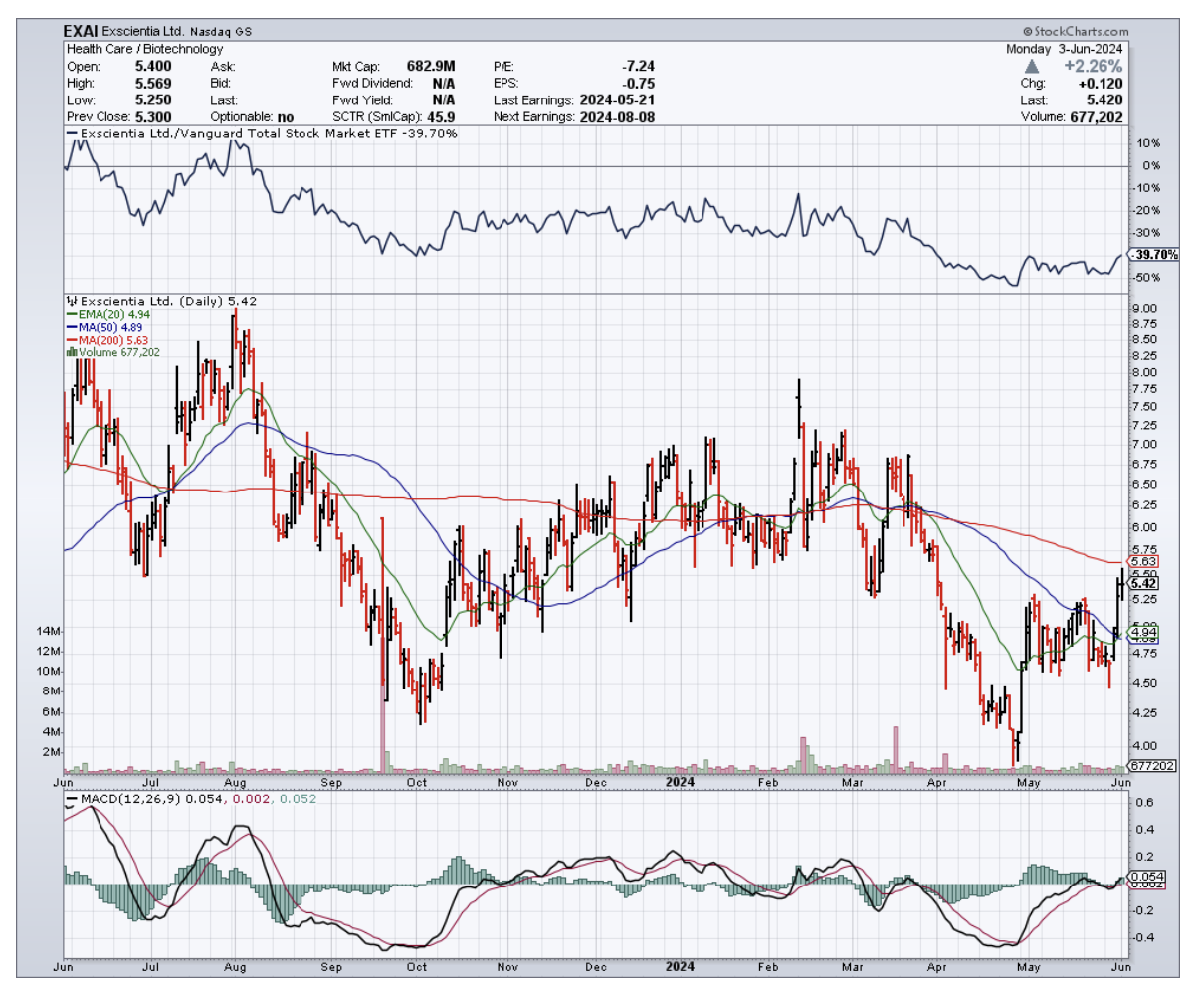
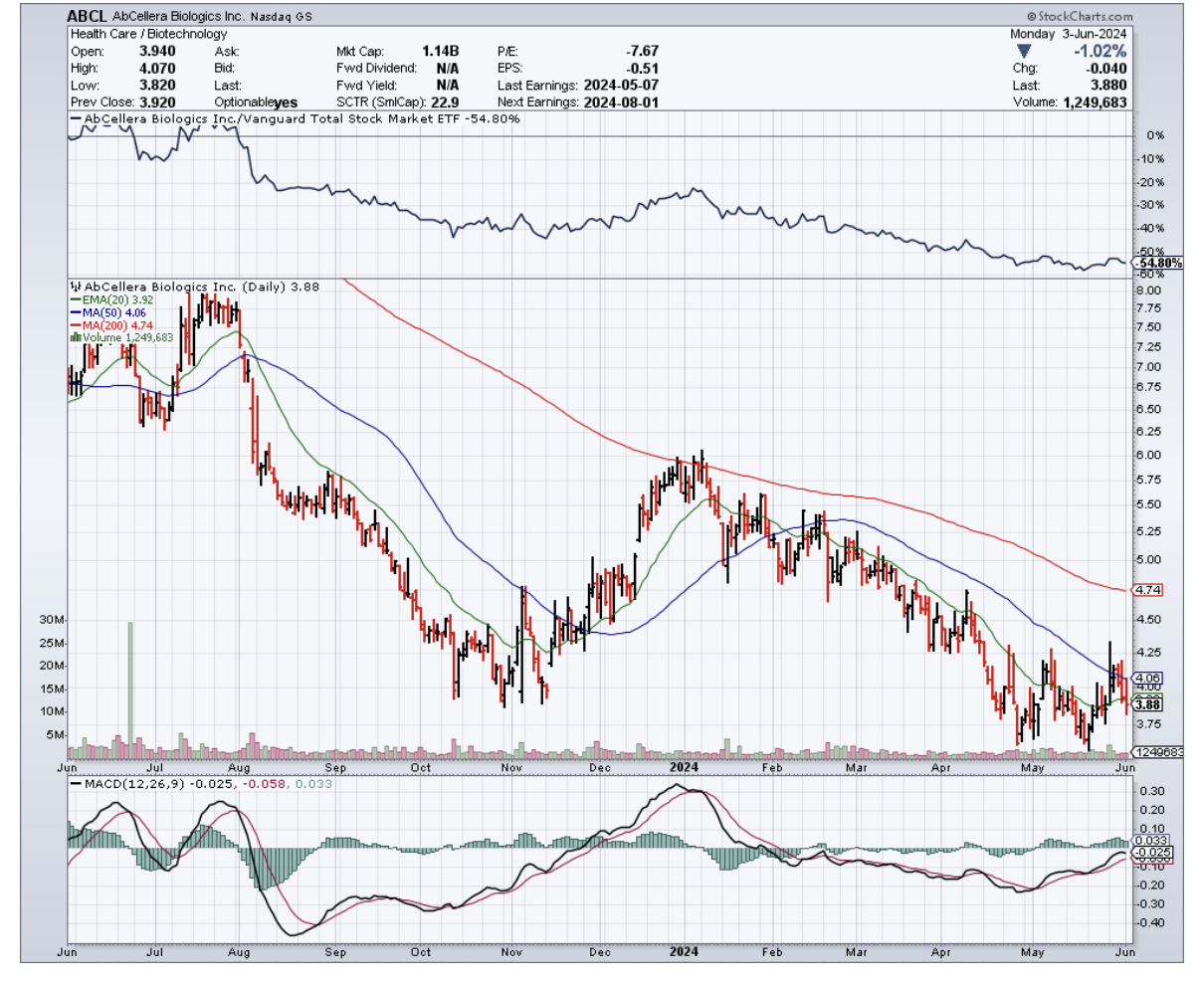
Mad Hedge Biotech and Healthcare Letter
January 23, 2024
Fiat Lux
Featured Trade:
(PHARMA'S AI PLAY: A MASTERSTROKE OR MISFIRE?)
(AZN), (ILMN), (NVDA), (SDGR), (EXAI), (SNY), (BAIVF), (SNY), (GOOGL), (PFE), (IBM), (NVS), (BAYR), (RHHBY), (VRTX), (JNJ)

Faced with an aging blockbuster pipeline and a competitive landscape where some of its rivals are sprinting ahead, AstraZeneca (AZN) is making a bold move - doubling down on Artificial Intelligence (AI).
This isn't just about keeping up with the Joneses (or in this case, their industry rivals); it's a calculated gamble with the potential to redefine drug discovery. The million-dollar question is: will this tech-savvy move send its shares soaring or just keep it in the running?
Let's address the elephants in the room of drug development. It's a long and winding road, with more dead ends than a maze in a horror movie. The usual grind? Spend ages finding a glimmer of hope in therapy targets and molecules, only for a paltry 21% to get the regulatory thumbs up after clinical trials.
So, you can bet your bottom dollar that if there’s a technology promising to up those odds and speed things up, companies will be jumping on the bandwagon faster than you can say "biotech boom."
And AstraZeneca? They are fully committing to AI, making significant waves in the field.
Case in point: their recent team-up with Absci, an AI drug discovery outfit. They're talking about developing a cancer-fighting antibody, with a potential payout of up to $247 million in milestone payments. If this pans out, it could be the first of many high-fives between the two.
But AstraZeneca's history with AI extends beyond this collaboration. Last September, they put up to $840 million on the line with Verge Genomics, aiming to tackle neurodegenerative diseases.
Add to that their work with Illumina (ILMN) and Nvidia (NVDA) in 2021 for some supercomputing firepower, and you've got a company that's serious about its AI game. They’ve even got a couple of AI-bred candidates in their pipeline, though it’s hush-hush on how those are faring.
And before you think it’s all about the new kids on the block, AstraZeneca has been rubbing elbows with Schrodinger (SDGR) since before 2020, working on making their biological medicine modeling sharper than a tack.
However, AstraZeneca is far from being the lone ranger in this new frontier.
Exscientia (EXAI) and Sanofi (SNY) are pairing up to take on COPD with an AI-driven approach. Meanwhile, BenevolentAI (BAIVF) played matchmaker between baricitinib and its new role as a COVID-19 treatment contender.
Over at Google’s (GOOGL) DeepMind, they’ve cooked up AlphaFold, an AI program adept at unraveling protein structures – a feat that’s akin to finding a map to hidden treasure in drug design.
And let's not forget the big guns. Pfizer (PFE) has teamed up with IBM’s (IBM) AI and supercomputing prowess, a partnership that’s been pivotal in accelerating the development of COVID-19 treatments like Paxlovid.
Novartis (NVS) is another key player, wielding AI to shave years off its drug development timeline, a strategy that could redefine the pace of pharmaceutical innovation.
Not to be outdone, Roche (RHHBY) is utilizing AI for a spectrum of tasks, from target identification to the virtual screening of molecules, illustrating the technology’s versatility in the drug discovery process.
Bayer (BAYRY) is also making a significant bet on AI to uncover new therapies, focusing on areas like immuno-oncology and cardiovascular diseases, areas with immense potential for groundbreaking treatments.
Vertex Pharmaceuticals (VRTX) and Johnson & Johnson (JNJ) are part of this evolving landscape as well, leveraging AI to enhance various stages of drug development. Their involvement underscores the widespread adoption of AI across different phases of the pharmaceutical process, from initial research to clinical trials.
Now, let’s go back to AstraZeneca. Best-case scenario? They cut their R&D budget, which was a cool $9.8 billion in 2022 while keeping the pedal to the metal on their clinical trials.
Worst case? Their AI bets don't pay off big time. But let's be real, with AI tech moving faster than a New York minute, that's looking less and less likely.
So, should you invest in AstraZeneca stocks right now? Not so fast. Jumping on the AI bandwagon isn't a golden ticket on its own.
Remember, everyone and their mother in big pharma is chasing the same AI dream. For now, it’s a case of watch, wait, and see how this fusion of AI and pharmaceuticals reshapes the landscape of drug discovery and development. Keep your ears to the ground – this is one race you don't want to miss.
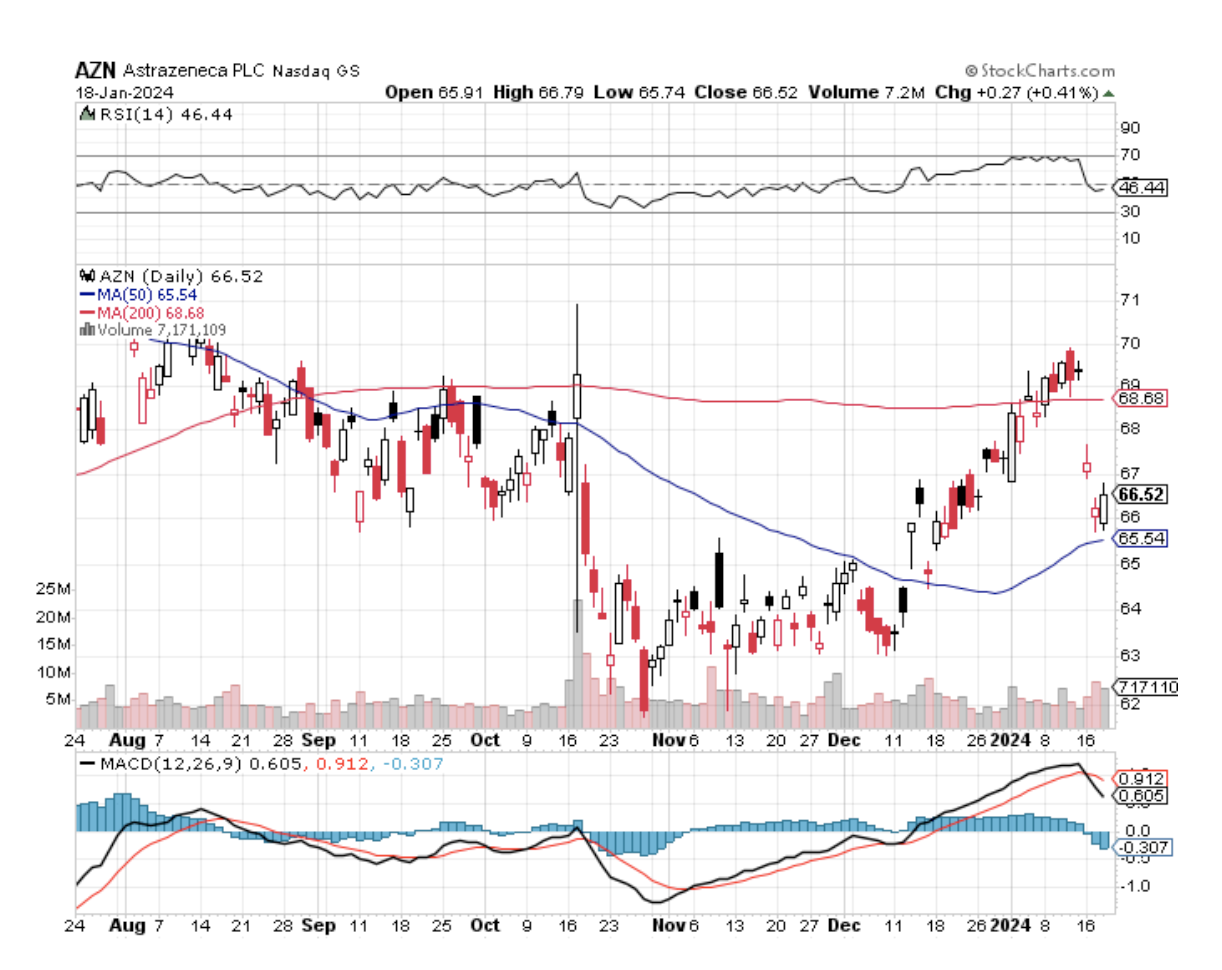
Mad Hedge Technology Letter
November 25, 2020
Fiat Lux
Featured Trade:
(A COMPANY AT THE CROSSROADS OF HEALTH CARE AND TECH)
(SDGR)

For those speculative tech investors, I have an early-stage tech company that could be of interest to you.
This one is a big loss-maker just like in the mold of most growth companies, but they have the stereotypical revenue growth trajectory that is prevalent in strong tech stocks.
It might be a while before this one turns a meaningful profit but this company also sits at the intersection of healthcare and software cloud computing which is an ideal place to be in the 2020s.
Investors who can absorb higher risk and volatile price action should take a flyer on Schrödinger, Inc. (SDGR) who provides a computational platform to accelerate drug discovery and materials design for biopharmaceutical and industrial companies, academic institutions, and government laboratories worldwide.
Their most recent earnings reports offer us a brief snapshot of this burgeoning software company with software revenue underpinning top line of $22.9 million, an increase of 42% compared to the third quarter last year.
Schrödinger continues to see deeper engagement within the platform by customers, leading to robust year-over-year growth in software revenue.
They also have a talented team of scientists and software developers that continue to make significant progress in advancing the science that undergirds the computational platform.
Schrödinger recently published several papers describing advances in FEP+, including improved methods for accurately modeling binding affinities in metalloenzyme inhibitors, improved support of macrocycle design and optimization, and improved approaches to optimizing binding selectivity, which is a major way of reducing potential toxicity of drug molecules.
Schrödinger also adopted active learning workflow for structure-based hit discovery, which can screen massive libraries of compounds with greatly improved computational efficiency.
The firm has seen new drug candidates discovered in their collaborative programs progress into IND-enabling and first-in-human studies.
I believe these advancing programs represent examples of the impact of Schrödinger’s physics-based methods, not just in achieving broad exploration of chemical space, but more importantly, on the optimization of high quality development candidates, with balanced properties for clinical testing.
As an example, Morphic's MORF-057 for inflammatory bowel disease, which initiated a clinical trial in the third quarter, is one of several examples where Schrodinger Technology-enabled solutions to their health partner's preclinical design challenges.
In this case, the design of selective compounds for the integrin alpha 4 beta 7 was enabled by an important advancement to properly treat the receptor's metal centers.
Schrödinger recently reported a significant increase in the number of collaborative programs that had reached the latest stages of drug discovery.
I expect to see many of the collaboration programs and lead optimization into preclinical development over the next year.
What about the internal pipeline?
Schrödinger launched five oncology programs targeting solid tumors and hematological malignancies.
The preclinical data packages assembled to date include mechanistic validation and anti-tumor activity data.
I believe, based on the data generated to date, that each of these assets could have monotherapy activity in specific populations, as well as utility, in combination with other approved and late-stage oncology products.
Looking forward, Schrödinger has also prioritized several new program opportunities, with genetic support in human cohorts and emerging pharmacology data, in oncology and immunology.
In addition to strategic hires in preclinical and early clinical development, they have also expanded the drug discovery team, adding key seasoned immunology expertise.
All of this translates into a meaningful rise in software revenue because of the increased adoption of solutions by large customers, as well as the addition of new customers.
Schrödinger continues to experience strong uptake in live design, and their enterprise solution for drug discovery.
Live design integrates discovery workflows and can be especially powerful in fully remote work environments that many of us are still experiencing.
Software gross margin was 81% this quarter, unchanged from the third quarter of 2019.
Schrödinger’s business model has not been impacted by the health pandemic, and neither is its future runway of potential revenue.
The only drag from the pandemic is on the drug discovery side, it could cause temporary delays in some programs. In any case, I do not envision a long-term impact from the public health situation on Schrödinger’s ability to execute and deliver on its strategy.
In summary, Schrödinger’s outperformance stems from its brilliant execution across its array of businesses, resulting in strong revenue growth, increasing collaboration equity value, progress in internal and collaboration programs, continued scientific advancement of in-house technology, and the successful IPO and follow-on financings that strengthen their balance sheet and provide strategic optionality.
Annual revenue still is under an annual run-rate of $100 million and as software revenue growth still displays robust plus-40% growth rates and a juicy gross margin of 81%, it’s only a matter of time before institutional investors start deploying capital in this up-and-coming tech name.
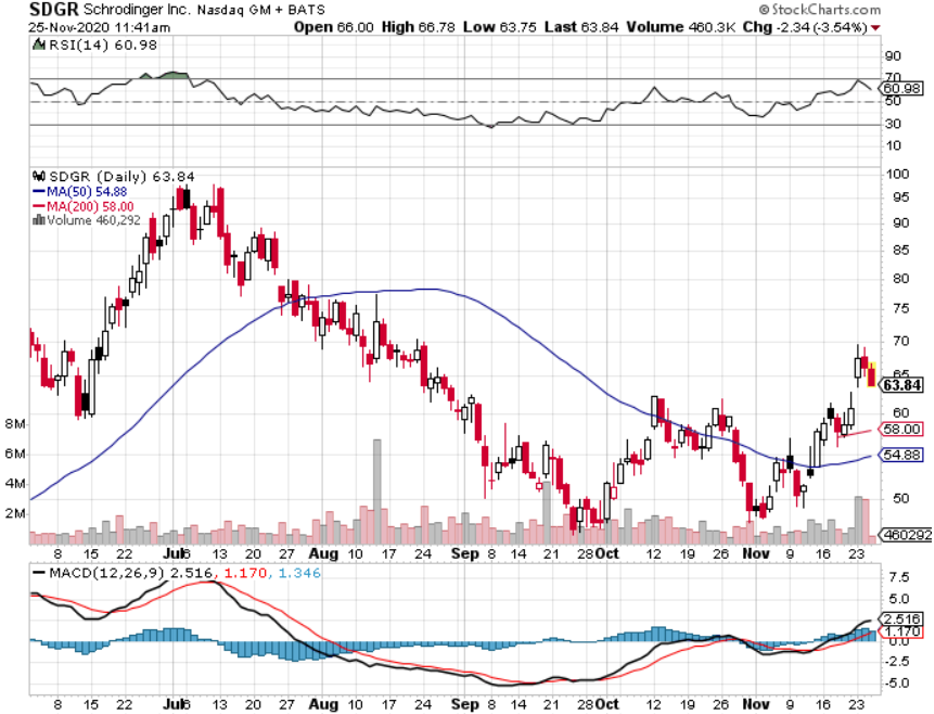
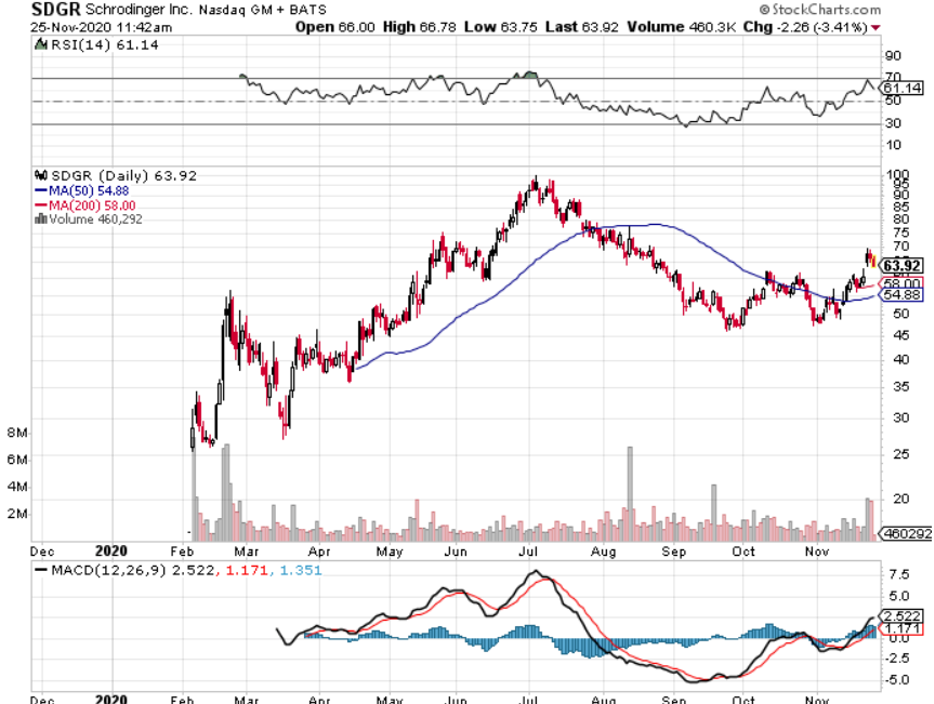
Legal Disclaimer
There is a very high degree of risk involved in trading. Past results are not indicative of future returns. MadHedgeFundTrader.com and all individuals affiliated with this site assume no responsibilities for your trading and investment results. The indicators, strategies, columns, articles and all other features are for educational purposes only and should not be construed as investment advice. Information for futures trading observations are obtained from sources believed to be reliable, but we do not warrant its completeness or accuracy, or warrant any results from the use of the information. Your use of the trading observations is entirely at your own risk and it is your sole responsibility to evaluate the accuracy, completeness and usefulness of the information. You must assess the risk of any trade with your broker and make your own independent decisions regarding any securities mentioned herein. Affiliates of MadHedgeFundTrader.com may have a position or effect transactions in the securities described herein (or options thereon) and/or otherwise employ trading strategies that may be consistent or inconsistent with the provided strategies.
This site uses cookies. By continuing to browse the site, you are agreeing to our use of cookies.
OKLearn moreWe may request cookies to be set on your device. We use cookies to let us know when you visit our websites, how you interact with us, to enrich your user experience, and to customize your relationship with our website.
Click on the different category headings to find out more. You can also change some of your preferences. Note that blocking some types of cookies may impact your experience on our websites and the services we are able to offer.
These cookies are strictly necessary to provide you with services available through our website and to use some of its features.
Because these cookies are strictly necessary to deliver the website, refuseing them will have impact how our site functions. You always can block or delete cookies by changing your browser settings and force blocking all cookies on this website. But this will always prompt you to accept/refuse cookies when revisiting our site.
We fully respect if you want to refuse cookies but to avoid asking you again and again kindly allow us to store a cookie for that. You are free to opt out any time or opt in for other cookies to get a better experience. If you refuse cookies we will remove all set cookies in our domain.
We provide you with a list of stored cookies on your computer in our domain so you can check what we stored. Due to security reasons we are not able to show or modify cookies from other domains. You can check these in your browser security settings.
These cookies collect information that is used either in aggregate form to help us understand how our website is being used or how effective our marketing campaigns are, or to help us customize our website and application for you in order to enhance your experience.
If you do not want that we track your visist to our site you can disable tracking in your browser here:
We also use different external services like Google Webfonts, Google Maps, and external Video providers. Since these providers may collect personal data like your IP address we allow you to block them here. Please be aware that this might heavily reduce the functionality and appearance of our site. Changes will take effect once you reload the page.
Google Webfont Settings:
Google Map Settings:
Vimeo and Youtube video embeds:
